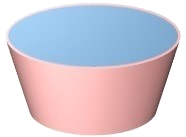Profit Drivers

Profit Driver Control Panel

What the Profit Drivers Mean - The Delta Profit Equation
The Mathematics of Money

Prospects

Pricing & Volume

Pricing & Volume

Conversion

Conversion (%)

Productivity & Efficiency

Profits per Time Period ($)

Frequency

Virality


